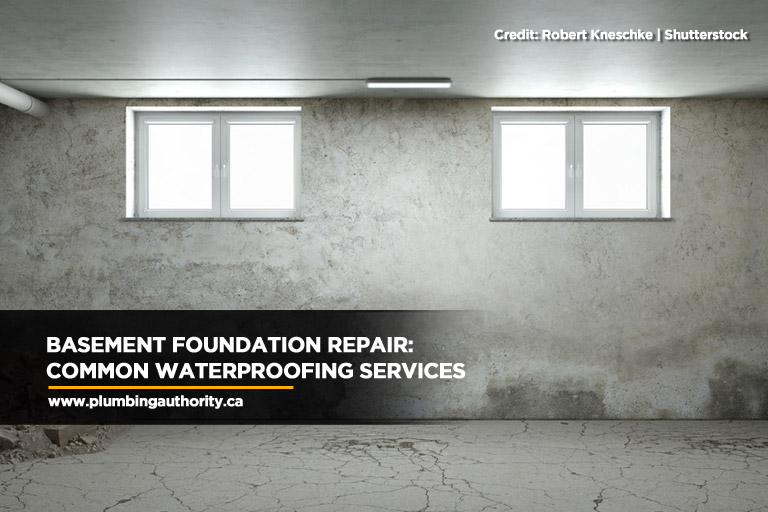
Providing stability and strength to your house structure, your basement foundation is essential in having a safe home. Strictly speaking, the ground where the foundation settles will gradually shift as time goes by.
This can lead to dangerous circumstances when it’s uneven and imbalanced. Wall rotations, damaged bricks, removed mouldings, bulging floors, and wall cracks, these telltale signs are your house’s way of telling you that it needs house foundation repairs.
However, before you call for foundation repairs near you, it’s best to do some personal inspection first to fully assess the situation. After that, you’ll be able to get a picture of what repair services your foundation needs. Part of foundation repair is waterproofing. Learn the 4 common waterproofing services that most foundations will need.
4 Common Waterproofing Services
The first step to answering the question “Do I need to repair cracks in the foundation?” is to determine what or where they are. This is where you can clearly observe on your basement foundation the effects of leakage in the mouldings, trim boards, and brick veneer of mortar joints. Fortunately, there are a variety of waterproofing techniques to delay the effects of extreme climate and moisture.
1.Underpinning
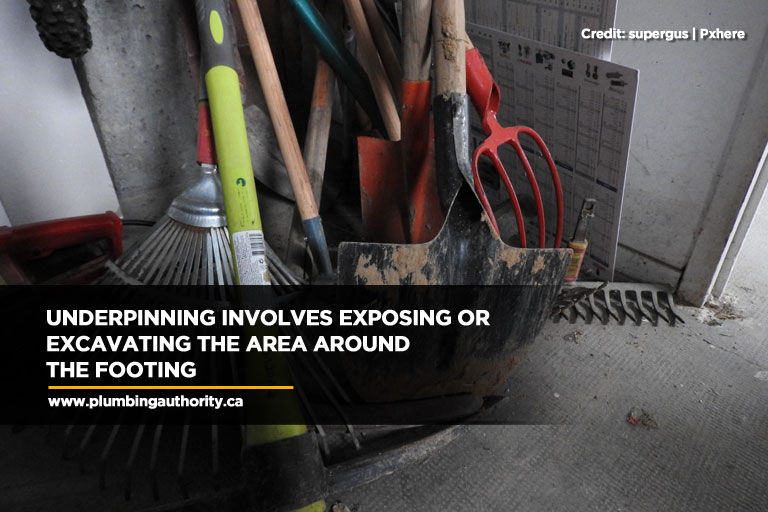
Perfect for expanding your home space while fixing your basement foundation, underpinning gives your basement more height and area. How is this process done? If you ask underpinning contractors near you, they’ll start by exposing your house’s footing and reconstructing the basement floor on that level.
This part of the underpinning process, coined basement lowering, is considered to be the most common basement foundation waterproofing technique. This will then be followed by a process called benching that reinforces the basement walls to prevent any leaking and cracks. By doing so, you increase the headroom and make it a more liveable space, while maintaining the strength of the foundation.
Methods
There are plenty of ways in underpinning that can help you fix your normal foundation cracks. The type of method depends on the foundation crack filler used and the tools utilized by the contractor. Here is a quick rundown of the various underpinning solutions:
a. Mass pour method
The most common and convenient method of underpinning, which is mass pouring, starts with an excavation of a basement division. This helps in establishing a lower depth under the footing. Contractors will then fill these pits with concrete to fortify the foundation.
This process is repeated over and over again until the entire area of the foundation is covered and underpinned.
b. Screw Pile and Bracket method
For buildings that require deeper excavations, underpinning is simply not applicable. Piling rigs used in underpinning is not feasible for basements that have bigger foundations.
Instead, the screw pile and bracket method will allow two people to use a mini excavator to gradually dig below the footing. An advantage of this method is that it permits higher levels of tension and compression, which makes your basement foundation more flexible and versatile.
Contractors also resort to this method when the location of your building is constantly bombarded by wind forces and shear vibration. Compared to underpinning, the screw pile and bracket method is quicker and produces less noise pollution.
It’s also important to note that this can be incorporated with underpinning support brackets to increase the resilience of your foundation.
c. Pile and Beam method
Under the umbrella of the underpinning method, incorporating piles and beams in the process helps in alleviating the foundation footing better. The term “pile” refers to the mini-pile installed on adjacent walls that allows safer removal of the wall’s brickwork. The concrete needle beam is then connected to the piles for added support.
However, using this method requires careful execution and assessment of the bearing capacity of the needle beams used. When done successfully, the pile and beam underpinning method is faster to install and bears higher load capacity. It’s also perfect for narrow spaces and it causes less disturbance to your daily life.
d. Piled Raft method
If your entire basement foundation needs to be underpinned, then the piled raft method is perfect for your home. This is best for structures that have very deep footings built on rocky and difficult soil.
The piled raft method accomplishes the task of reinforcement by linking the needles together then pouring in concrete. Compared to traditional underpinning, this method lessens the chances of plumbing disruptions and can create depths that are deeper than two meters.
Tips
Before completely committing to the underpinning process, there are some things that you need to assess and know beforehand. For better results, underpinning should start from the corners, going inwards. Non-load bearing walls should not undergo the underpinning method as they are very fragile and difficult to work with.
Concrete should be instantly poured into the needles and beams to avoid unnecessary shifting of the soil. The concrete should also be allowed to sit for at least 2 days, and always have a map of your house plumbing ready at all times.
2. Crack Repair
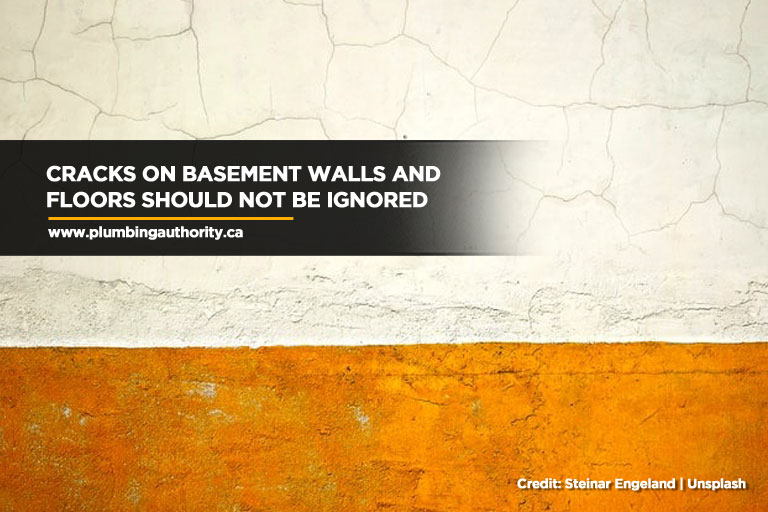
The tiniest holes can sink the biggest ships. This is the mantra of any contractors and homeowners that are dealing with foundation cracks. When left unchecked, this can eventually lead to floods and basement leakage. The go-to repair method for this is sealing the crack with waterproof epoxy injections.
This is a mixture of 2 resin types that fill in the crack and bond the walls back together. This structural crack repair method is very effective and affordable. However, this method is not necessarily for the long run when the damage is too much. It’s better to consult an expert contractor first to know whether this kind of solution is suitable for your basement foundation cracks.
Types of Cracks
Crack detection is the first step to repair and maintenance. Here is a quick description of the different hazardous cracks in your basement foundation:
a. Diagonal or vertical cracks
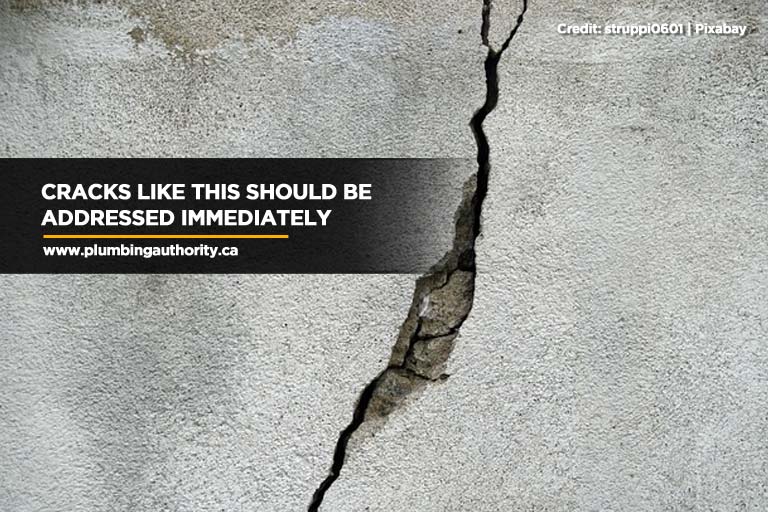
These types of cracks appear quite fast right after the construction. Located in any part of the wall and floors, they are attributed to the shrinking of the concrete as it cures.
However, if these cracks exceed one-eighth of an inch, then it’s probably a cause for concern. These types of vertical cracks in the block could be a telltale sign of weak construction and low-quality concrete.
One quick way to test if these cracks are dangerous is the finger test. Try running your finger across the crack, and if it’s even, then it’s probably safe. However, no matter how small these cracks are, they have to be fixed right away.
The lazy way of going about it is to simply chisel a part out and fill it in with new concrete. However, this new filling will not bond with the original cement, which will only cause further damage and leakage. The best way to fix it is through high-quality epoxy injections, which will be able to reach the innermost crevices.
b. Horizontal cracks
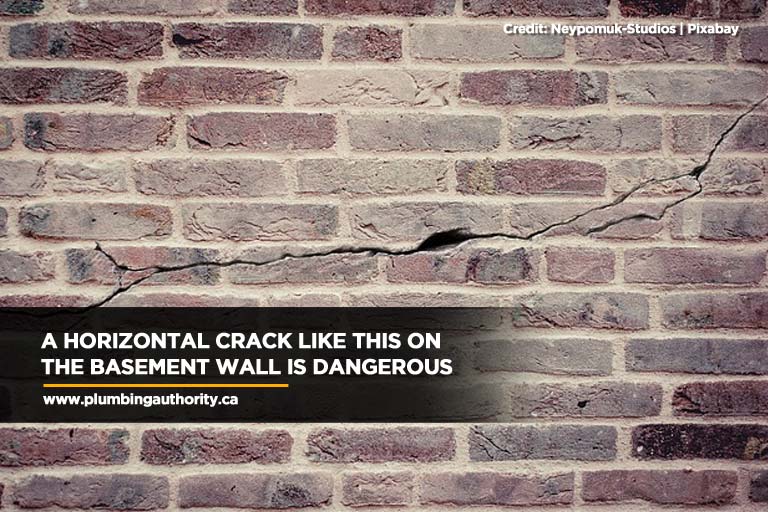
Compared to vertical ones, finding horizontal cracks on your basement foundation is cause for alarm. Often caused by too much hydrostatic pressure, these cracks are a sign of breached foundation integrity.
They will often appear during seasons of continuous heavy rain and floods. The best way to fix this is to seal the crack from the inside and pump out the soil water around the foundation. This will at least lessen the pressure and prevent further bowing and cracking.
- Serious Issues That Need Immediate Attention
Danger signs and structural symptoms can come in different ways. Often in discreet ways, you might not notice them at first in your basement foundation. Detecting them requires a keen and observant eye. These warning indicators could be vein-like cracks going in different directions, bent walls, uneven and sloping floors, v-shaped vertical cracks, and deep foundation cracks.
3. Waterproofing The Interior
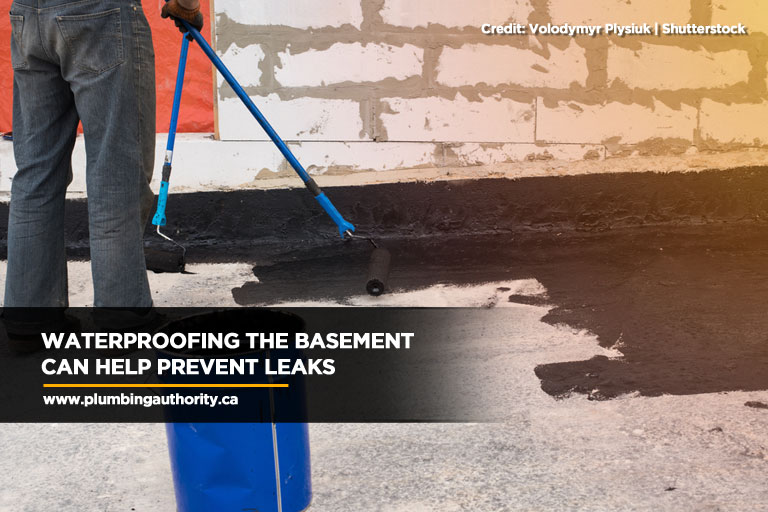
Waterproofing foundation walls is the key to fortifying your basement. However, before calling in the services of basement waterproofing companies, you have to determine first if your basement is experiencing a moisture leakage. This problem is easily detected through your senses. Now, you might not really see immediately the dew and humidity, but you can sense a petrichor-like odour in a leaky basement.
Can you waterproof a foundation from the inside? Well, of course, you can conduct interior waterproofing. However, you only do so if the dampness is observed in the walls and ceilings. Since your basement foundation is underground, you can’t really have direct access to it.
So, what you can do is wrap the walls with a weeping tile, which has a built-in drainage system that collects excess water. You can then throw out this pool of water regularly and ease the hydrostatic pressure.
- How to Waterproof the Interior
Interior waterproofing is a simple but delicate affair. To make sure that you are doing it the right way, here is a breakdown of the steps:
a. Land grading – Redirect the water from the walls by levelling your yard and installing better drainage.
b. Injecting the Cracks – Use epoxy and resin-based chemicals to fill in the gaps.
c. Add in Waterproofing Chemicals – Once the wall paint dries up, recoat it with a layer of hydrophobic and air-tight sealants.
d. Put up an Interior Drainage – Install a pumping system inside the basement that removes any accumulated water inside.
4. Waterproofing The Exterior
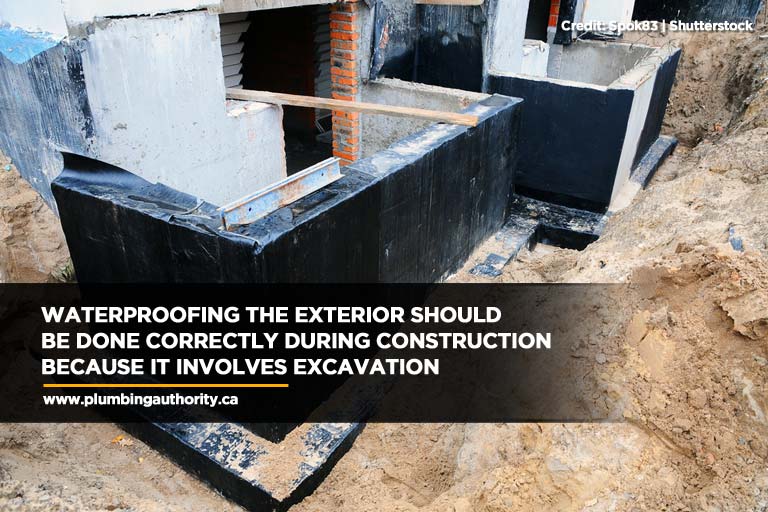
A bit more difficult than interior waterproofing, exterior waterproofing offers a more long-term solution. It involves the installation of a waterproofing system beforehand during the construction process. So, what you’re doing is preparing for the inevitable moisture and leakage problem.
This method requires hydraulic cement to guard the walls against cracks, layers of rubberize HydroGuard to fully insulate the walls and prevent dew, reinforcement mesh, and air gap drainages, which reroutes any accumulated moisture.
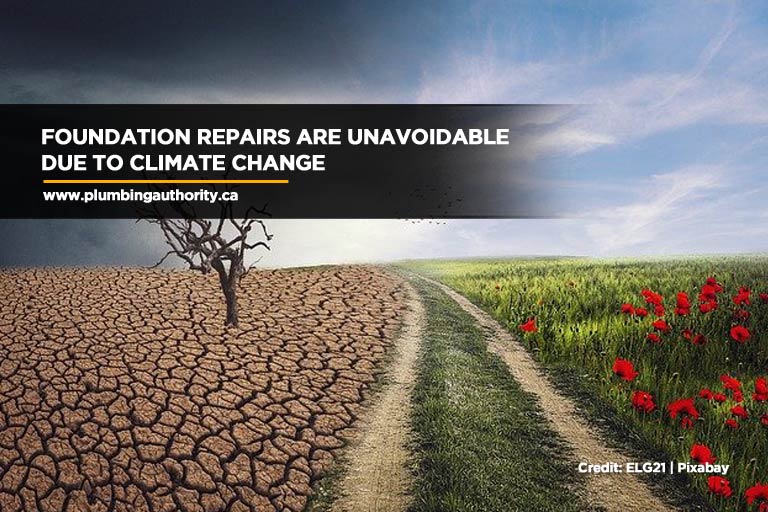
As a homeowner, remember that there are plenty of factors that contribute to the eventual deterioration of your basement foundation, but the most important component is climate. Too much dryness or moisture can cause the soil underneath to shift and expand leading to the repositioning of the foundations.
Geography plays a great role in the vulnerability of your basement foundation. From soil type, weather patterns, drainage layouts, and more, your house location can affect everything. However, you don’t have to stress about these factors because there are plenty of protective measures. Your job is to invest in good construction and adapt to these waterproofing methods.
For basement foundation repair and waterproofing services, give Plumbing Authority Inc. a call. We are also open 24/7 and ready to address any plumbing emergency. Call us now at (647) 992-7473 for your free on-site estimate.




